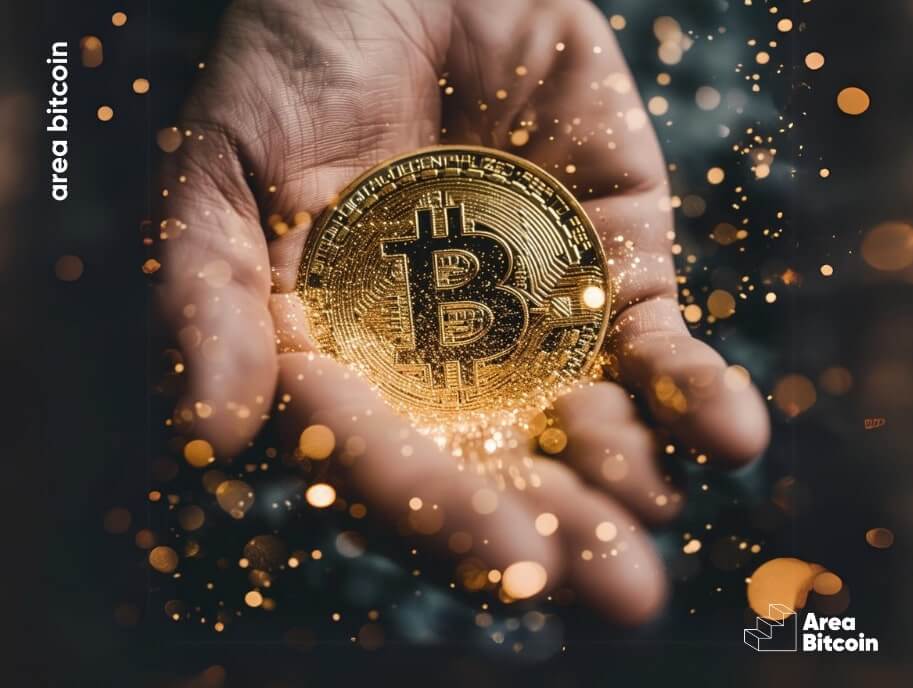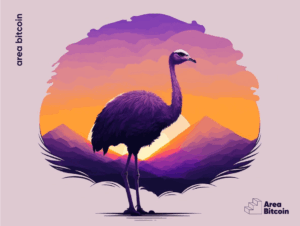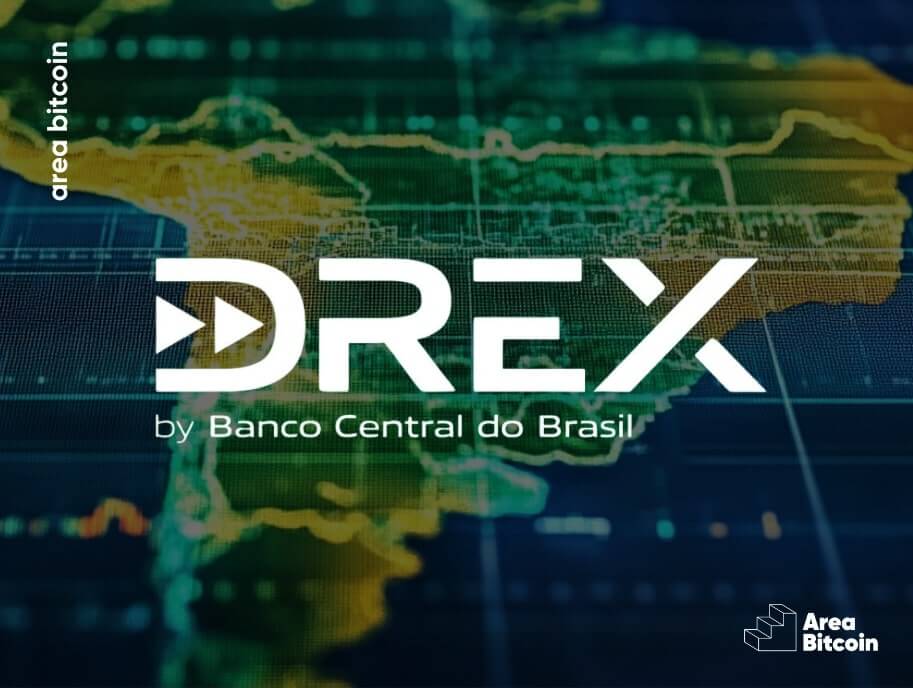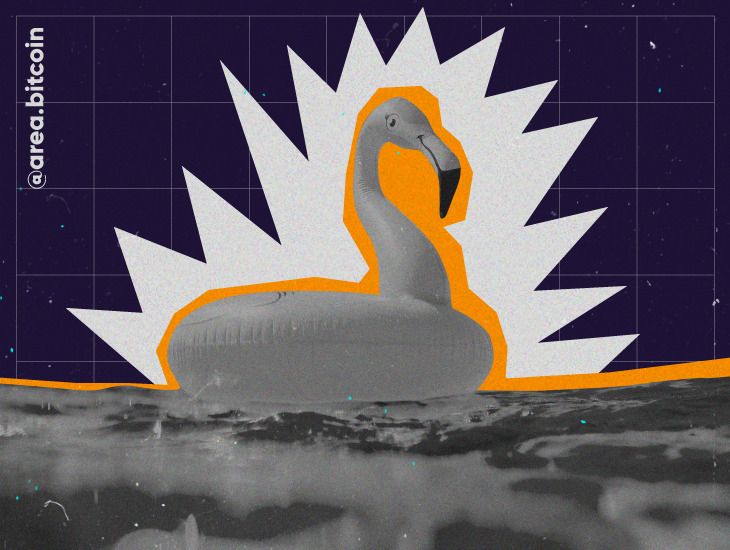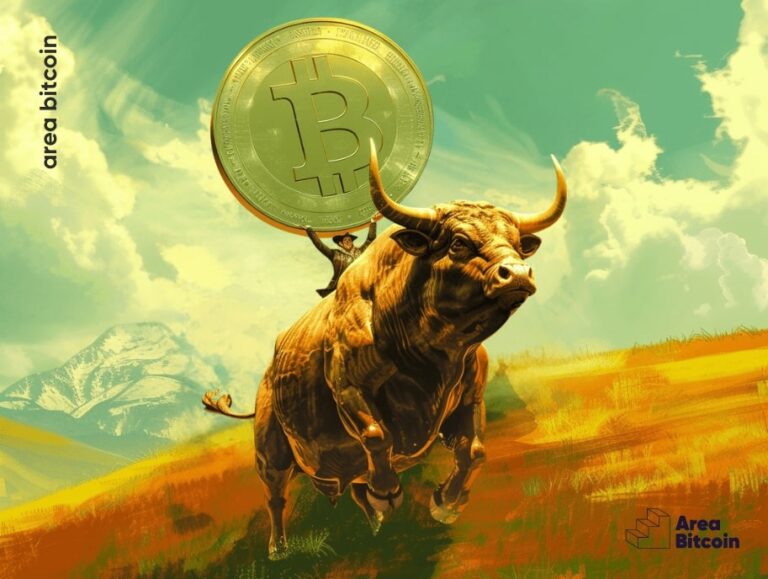Bitcoin has already surged by over 60% in 2024, climbing more than 300% since January 2023, with a track record of consistent appreciation across market cycles.
With this in mind, many wonder: What is Bitcoin’s trend? Will it continue to rise? Could it be even more expensive tomorrow?
While it’s impossible to predict exactly where Bitcoin’s price will go tomorrow or in the days ahead, we can explore potential scenarios and dive into its fundamentals to understand the factors that could support its ongoing appreciation.
Let’s dive in!
Table of Contents
Is Bitcoin a trend? What is Bitcoin’s trend?
Yes, Bitcoin is an inevitable trend shaping the future of the global financial system.
If you don’t want to be left behind, it’s essential to learn about Bitcoin. More people and institutions are recognizing its unique qualities, which is why Bitcoin is increasingly adopted as a secure store of value and an alternative to traditional money.
Now, let’s explore the characteristics that make Bitcoin so significant:
1. Bitcoin is a store of value and an alternative financial system
Bitcoin is establishing itself as both a store of value and a new financial system independent of governments and banks—a process that is gradual yet profound.
With the 2024 halving, Bitcoin has become even scarcer than gold, as its stock-to-flow ratio doubled compared to the precious metal. In a world where more gold can be mined, more money printed, more shares issued, and new assets created as demand rises, Bitcoin stands out by maintaining a fixed supply, no matter how much demand grows.
This quality offers an unparalleled assurance that no other asset provides: the certainty that your holdings won’t be diluted by the creation of new units, as happens with stocks, inflation-prone currencies, or even gold, which can still be discovered in new deposits.
This is why demand for Bitcoin continues to grow. Nothing else compares, and the world is only beginning to recognize its uniqueness.
2. Bitcoin is scarce
Bitcoin is inherently scarce, with its total supply capped at 21 million units—an immutable feature embedded directly into its protocol. This means that, unlike fiat currencies, which can be printed endlessly, the total amount of Bitcoin in circulation will never exceed this limit.
Furthermore, Bitcoin’s issuance rate decreases over time through events called halvings, which occur roughly every four years and reduce miners’ rewards for validating transactions by half.
This programmed scarcity makes Bitcoin a unique and valuable asset, comparable to rare natural resources like gold.
Currently, around 94% of the 21 million Bitcoins have already been mined, leaving only about 6%—or roughly 1.6 million coins—yet to be created. As a result, Bitcoin’s scarcity is set to increase significantly in the coming years.
3. Bitcoin is a lifeboat
People will increasingly turn to Bitcoin as a financial lifeboat. Government-issued currencies inevitably lose value over time: the dollar, for instance, has already lost 97% of its purchasing power.
Traditional assets often struggle to keep pace with this devaluation, leaving those without Bitcoin at risk of becoming poorer, realizing too late that their purchasing power and quality of life have gradually declined.
This becomes clear when we go shopping and find that the 200 dollars that once filled a cart now barely fill a bag.
Over time, more people will see Bitcoin as a protective asset—a form of money that gains value, unlike fiat currencies and other assets that lose value due to inflation and negative real interest rates.
Bitcoin’s demand will continue to grow because it has consistently protected against currency devaluation and purchasing power loss—and it will keep doing so. This is because Bitcoin’s fundamental properties are unchangeable. It’s why Bitcoin tends to appreciate over the years.
Bitcoin’s consolidation today
With 15 years of existence, Bitcoin has faced numerous stress tests and continues to mature each year.
What began as a cyberpunk experiment, valued at zero (yes, ZERO!) dollars, has surged in value by an astounding 26 billion percent from 2009 to its peak of $73,000 in 2024.
No other asset known to economists has demonstrated such extraordinary growth in recent history.
Moreover, Bitcoin is the fastest asset to reach a $1 trillion market cap, outpacing giants like Microsoft, Apple, Amazon, and Google in record time.
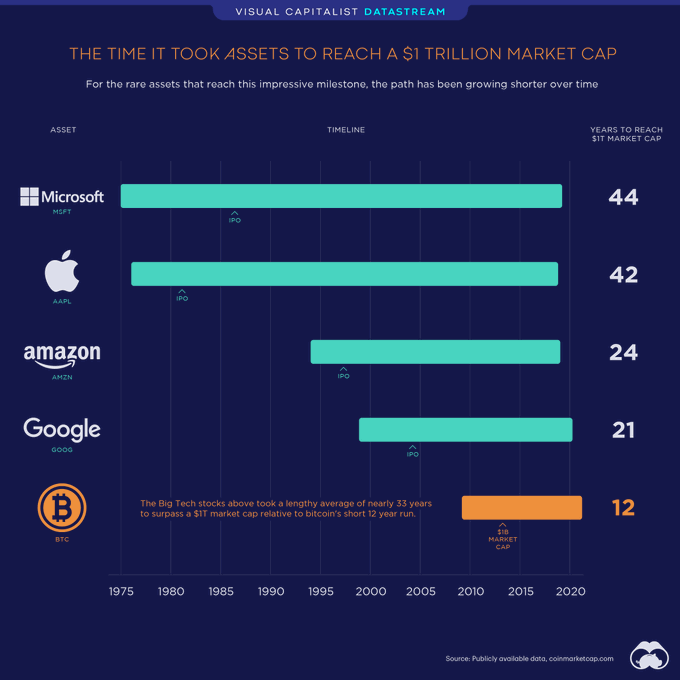
This achievement is nothing short of phenomenal.
Created to decentralize the financial system, Bitcoin marks such a revolutionary shift that the progress made in its 15 years seems modest compared to its future potential.
So, if Bitcoin continues to grow and solidify its role as a “digital gold,” it has the potential to absorb significant value from other assets.
Throughout history, gold gradually replaced other forms of money with inferior properties, such as shells, salt, and certain metals, taking nearly 2,000 years to absorb the value of these less effective stores of wealth.
Bitcoin, as a digital and enhanced version of gold, is already beginning to capture value from currencies and assets with weaker characteristics. Although it may seem ambitious to expect Bitcoin to achieve in 15 years what took gold millennia, it is advancing at a significantly faster pace.
All of this, however, comes with considerable volatility. Yet, it’s important to note that this volatility reflects the market forces driving Bitcoin adoption. Even gold experienced volatility during periods of fiat currency collapse, as seen in the Weimar Republic in Germany.
The Weimar Republic
During Germany’s hyperinflation, gold experienced significant volatility, as shown in the image below:
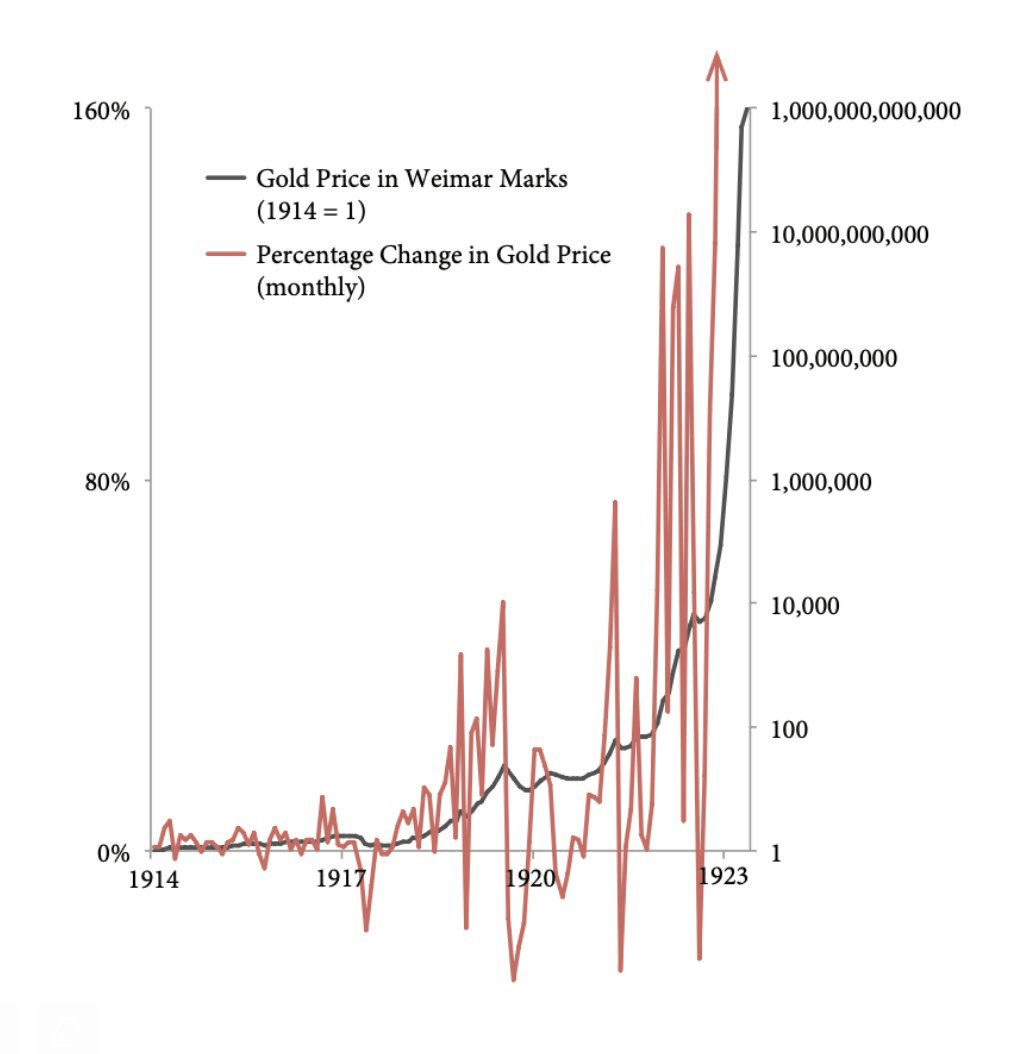
This volatility didn’t disqualify gold as a reliable store of value. Instead, it reflected the economic turbulence in Germany at the time, demonstrating gold’s resilience as a hedge against currency devaluation.
More recently, in 2008, gold faced a 50% drop during the subprime crisis and another similar drop with the COVID-19 crash in 2020. Yet, even in these times, gold continued to be viewed as a stable store of value.
Bitcoin, however, offers monetary properties that surpass gold’s and is being adopted as a store of value at a much faster rate. The internet, by facilitating information exchange, accelerates this process of adoption.
In fact, Bitcoin’s adoption rate is outpacing that of the internet and other technologies at similar stages of development. The image above shows how quickly Bitcoin’s user base is growing compared to the internet in the 1990s.
Despite volatility and frequent criticism, Bitcoin is likely to keep appreciating as it powers the digital revolution initiated by the internet, which digitized information.
Bitcoin digitizes value, removes the need for banks, and establishes an independent and alternative financial system.
What is Bitcoin’s price trend for the future?
Now that you understand the qualities that make Bitcoin a trend for the future and how it’s consolidating as today’s “digital gold,” let’s look at possible price trends for Bitcoin in the short and long term.
First, it’s important to note that there’s no crystal ball. It’s impossible to predict exactly how much Bitcoin will be worth tomorrow or the next day. However, as Bitcoin continues to absorb value from other asset classes, it has a tendency to appreciate further.
And that’s the approach we’ll take to explore Bitcoin’s future price trend.
1. If Bitcoin absorbs the gold market capitalization
Currently, the gold market capitalization is around $10 trillion. In the short term, if Bitcoin gains broader acceptance as a store of value, it could attract a significant portion of the capital currently allocated to gold.
So, if Bitcoin captures even 20% of the gold market, its market capitalization could reach $2 trillion, pushing each Bitcoin’s price to approximately $95,000.
2. If Bitcoin absorbs a portion of the Debt Securities Market
With growing distrust in government bonds, it’s possible that Bitcoin could absorb a significant share of the $400 trillion debt securities market worldwide.
Bitcoin is often viewed as protection against systemic risks, particularly in times of uncertainty.
Greg Foss, an investor specializing in credit default risk and credit default swaps (insurance against corporate and sovereign defaults), has long supported this perspective.
In response to banking and fiat system instability, Bitcoin could potentially capture 5%, 10%, or even 20% of the debt market. So, for example, if Bitcoin absorbed 10% of this market, its capitalization could reach $40 trillion, raising the price of each Bitcoin to around $1.9 million.
However, Bitcoin’s potential isn’t limited to absorbing value from just gold or bonds; it could pull value from multiple asset classes simultaneously.
3. If Bitcoin absorbs a bit from each asset class
Considering all assets, debts, and currencies, the total value worldwide today is around $900 trillion. Only a portion of these assets is used as a store of value. As people begin to view Bitcoin as an asset uncorrelated with the fiat system, it could become essential for portfolio balancing, serving as “anti-fiat insurance” and a hedge against the uncertainties that have long surrounded the traditional economy.
Finally, central banks and governments frequently adjust interest rates, set inflation targets, and print money, fostering an environment of unpredictability in monetary policies—even in the United States.
Based on these calculations, it’s clear that the trend for Bitcoin’s future, both short and long-term, points to continued appreciation. Recognizing this potential can help you position yourself accordingly if this growth trend materializes.
Imagine the impact when investors realize Bitcoin represents a parallel economic system with fundamental properties that are immutable and far more predictable than fiat currencies and assets. With aligned incentives and no central authority able to alter its dynamics, Bitcoin’s price is likely to continue rising.
Therefore, as Bitcoin matures and adoption grows, it could end up absorbing about 10% of the $900 trillion in global assets. This would give it a market capitalization of $90 trillion, raising each Bitcoin’s value to $4.2 million.
Furthermore, if we factor in lost Bitcoin, scarcity increases even more, pushing the price to $5.3 million by dividing the $90 trillion across a reduced circulating supply of 17 million Bitcoin.
With these values in mind, today’s price tag seems like a bargain. That’s why focusing only on the current price or the last peak can be misleading.
Whether you bought Bitcoin at $30,000 or $90,000, the key is to keep accumulating and ensure your Bitcoin is securely stored for the future.
Related articles:
Conclusion
Owning Bitcoin now is like accumulating gold during the gold rush or buying land in Manhattan when New York was still undeveloped. Back then, land cost $8,000, but many thought it was too expensive and missed the opportunity.
Those who bought and held onto that land transformed their families’ futures, as it is now worth millions.
The same is happening with Bitcoin. As its price rises, acquiring large amounts becomes more costly. Those who hesitate now will likely pay significantly more in the future—this is the trend we see with Bitcoin.
If you convince yourself that Bitcoin will fail or that its price won’t rise, you’re giving someone else the chance to buy in while you stay on the sidelines. That’s why it’s crucial to guard your mind against skepticism and anxiety and to learn how to store your Bitcoin securely.
Knowing how to accumulate and preserve what you already have is essential.
Thus, as Bitcoin continues to be adopted and monetized, it becomes increasingly difficult to acquire and benefit from its growth potential. The longer you wait, the more expensive it will be to buy the same amount of Bitcoin.
But don’t be discouraged! The good news is that there’s still time. This is a rare moment in history. Don’t wait until it’s obvious to start.
I hope you now understand Bitcoin’s trend; see you in the next article, and opt out!
Share on your social networks:

Founder of Area Bitcoin, one of the largest Bitcoin education projects in the world, she is a marketer, passionate about technology, and a full-time hands-on professional. She has participated in major Bitcoin conferences such as Adopting Bitcoin, Satsconf, Surfin Bitcoin, and Bitcoin Conference.
Did you like this article? Consider buying us a cup of coffee so that we can keep writing new content! ☕

